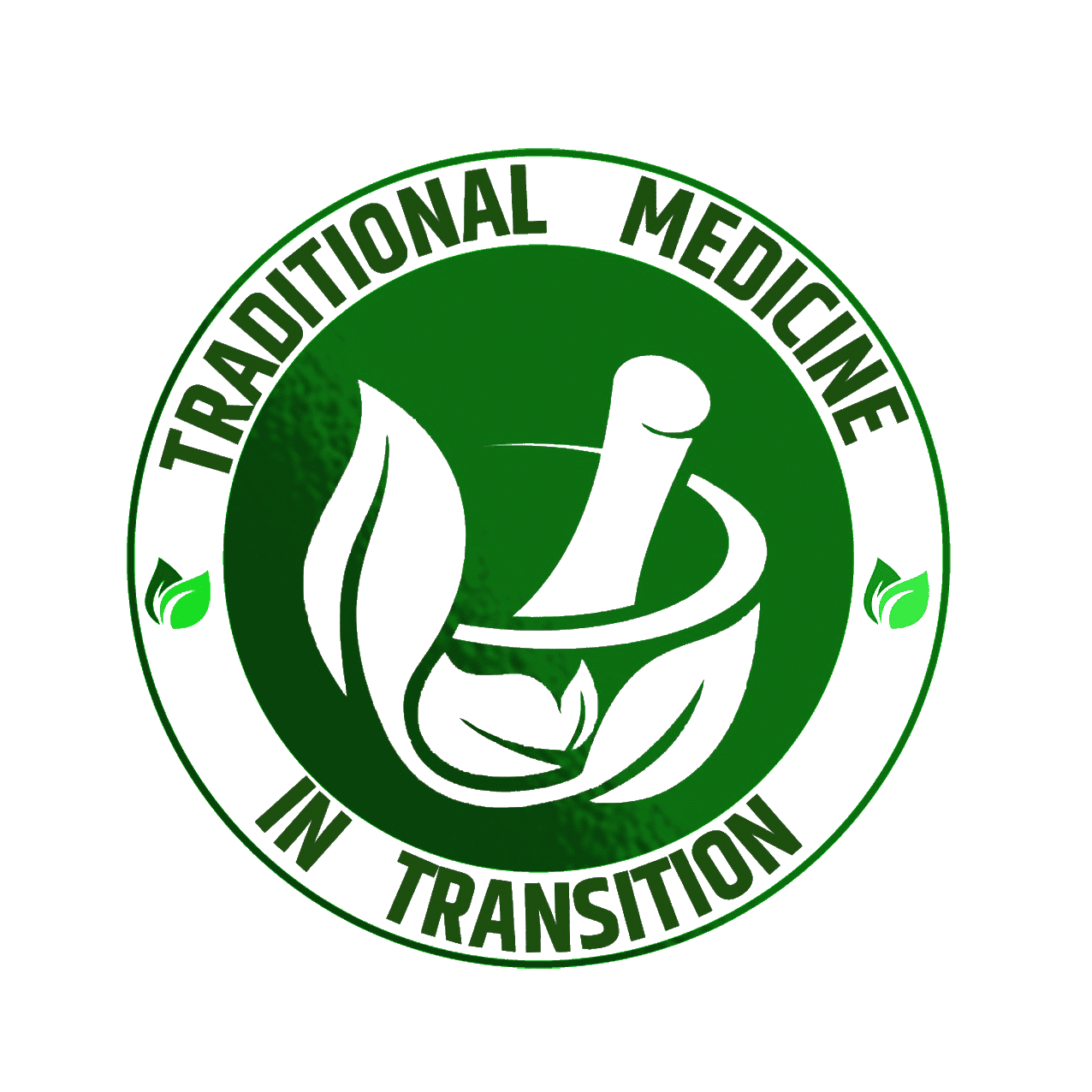Malaria Pathogenesis
Abstract
In the mosquito-human life cycle, the six species of malaria parasites infecting humans (Plasmodium falciparum, Plasmodium vivax, Plasmodium ovale wallickeri, Plasmodium ovale curtisi, Plasmodium malariae, and Plasmodium knowlesi) undergo 10 or more morphological states, replicate from single to 10,000+ cells, and vary in total population from one to many more than 106 organisms. In the human host, only a small number of these morphological stages lead to clinical disease and the vast majority of all malaria-infected patients in the world produce few (if any) symptoms in the human. Human clinical disease (e.g., fever, anemia, coma) is the result of the parasite preprogrammed biology in concert with the human pathophysiological response. Caveats and corollaries that add variation to this host-parasite interaction include parasite genetic diversity of key proteins, coinfections, comorbidities, delays in treatment, human polymorphisms, and environmental determinants.
Copyright © 2018 Cold Spring Harbor Laboratory Press; all rights reserved.

Which specific areas in Uganda is this traditional medicine commonly used?